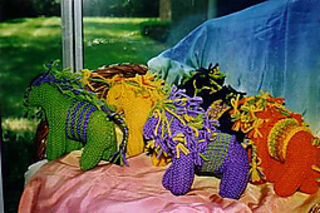Architexture. No, not architecture. It’s archi-texture, as in the smoothness and roughness of a lot of different stitches all coming together to form an arch. No, not an arch. A shawl. A lot of different stitches all coming together to make a shawl. Shawlitexture. Archishawl. Enough. This is Architexture, by Jennifer Weissman.
I bought my Architexture as a Craftsy kit. It’s available now, kitted with the same Cloudborn Highland fingering weight yarn that I used, for $13.75. $13.75. How on earth does Craftsy manage that? Weissman sells her pattern for $5.00 on Ravelry. That leaves Craftsy $8.75 for 988 yards (two skeins, at 100 grams each) of 100% wool. Ok. Weissman must not be getting a lot of her well-earned $5. But, still, these poor sheep can’t possibly be making anything close to a minimum wage. They need to go on strike or something. I knit the largest size and still have 50 grams left.
Here’s another look.
Is Cloudborn Fiber’s Highland the greatest yarn ever? Nope. Not even close, in my opinion. I’d have rather used the Madelintosh Merino Light, or Dream in Color Jilly, or Wollmeise Pure that Weissman’s pattern calls for. But I like getting a bargain and this was (and is) an incredible bargain.
The Cloudborn yarn–unlike the other weights of this company’s yarn I’ve knit with–was very splitty working on size 6 needles. Once I switched to my ChiaoGoo lacepoints the yarn was tamed. Some. But the bottom line is I have an excellent shawl, in a color and shape I like. This pattern looked a bit daunting to me at the outset, but it was actually quite straightforward.
This next small shawl/long neckerchief is a free pattern available on Ravelry: Minnie by Jumper Cables’ Annie Baker.
Mine is knit in the amazing Extra, by Blue Sky Fibers. It’s an Aran weight, 55% alpaca, 45% merino. It is soft, extra soft actually.
I am a huge garter stitch fan, but even for a fan it can get tedious. This pattern has just enough detail to make it interesting, while still being super easy.
Instead of 38 repeats of the pattern, I did 44. And then I started the decreases. My Minnie is 11 inches at the widest point. It’s an extravagant 69 inches from end to end.
This is a wicked good little free pattern. Give it a try. And thanks, Annie Baker, for your generous gift to the knitting community.





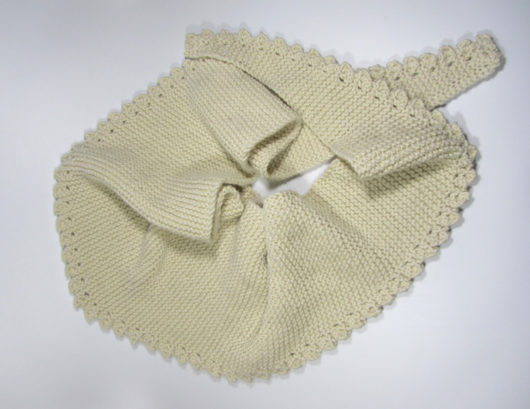
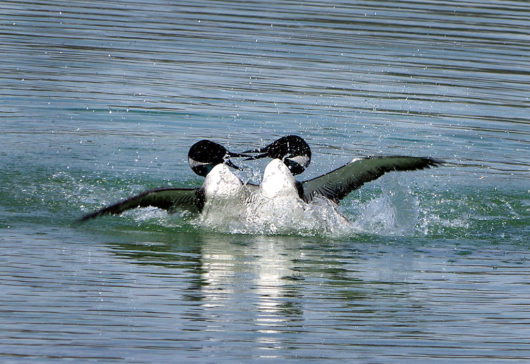
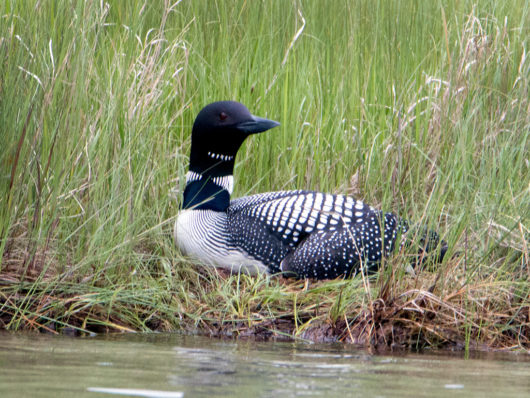
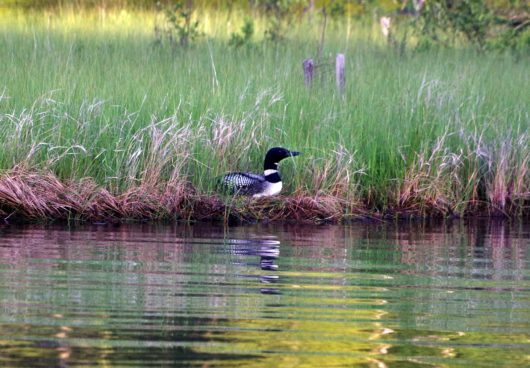
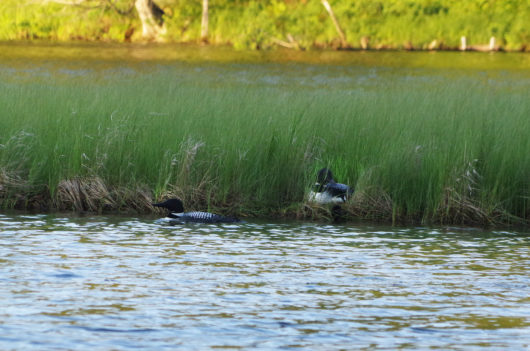
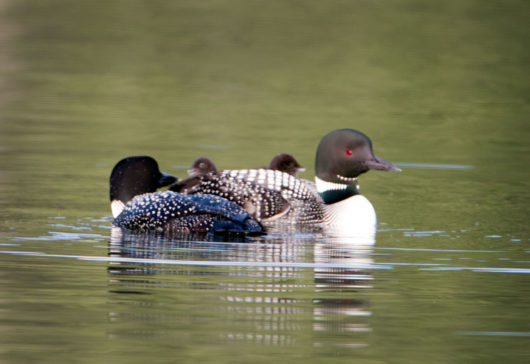
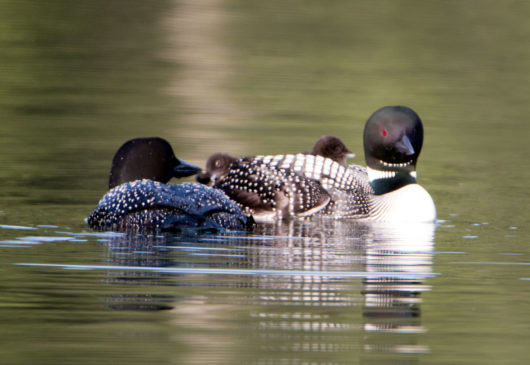
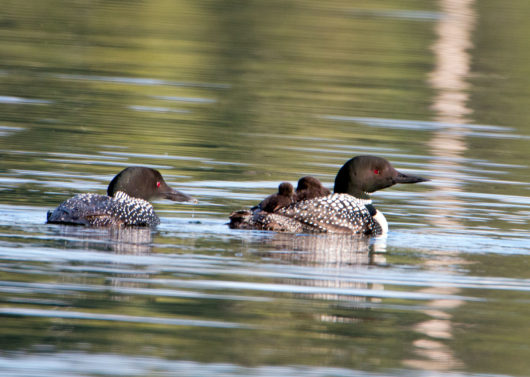
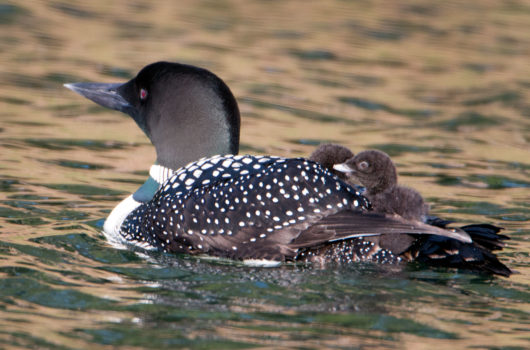








 You can read up on more Acorn Hill Ponies
You can read up on more Acorn Hill Ponies 

